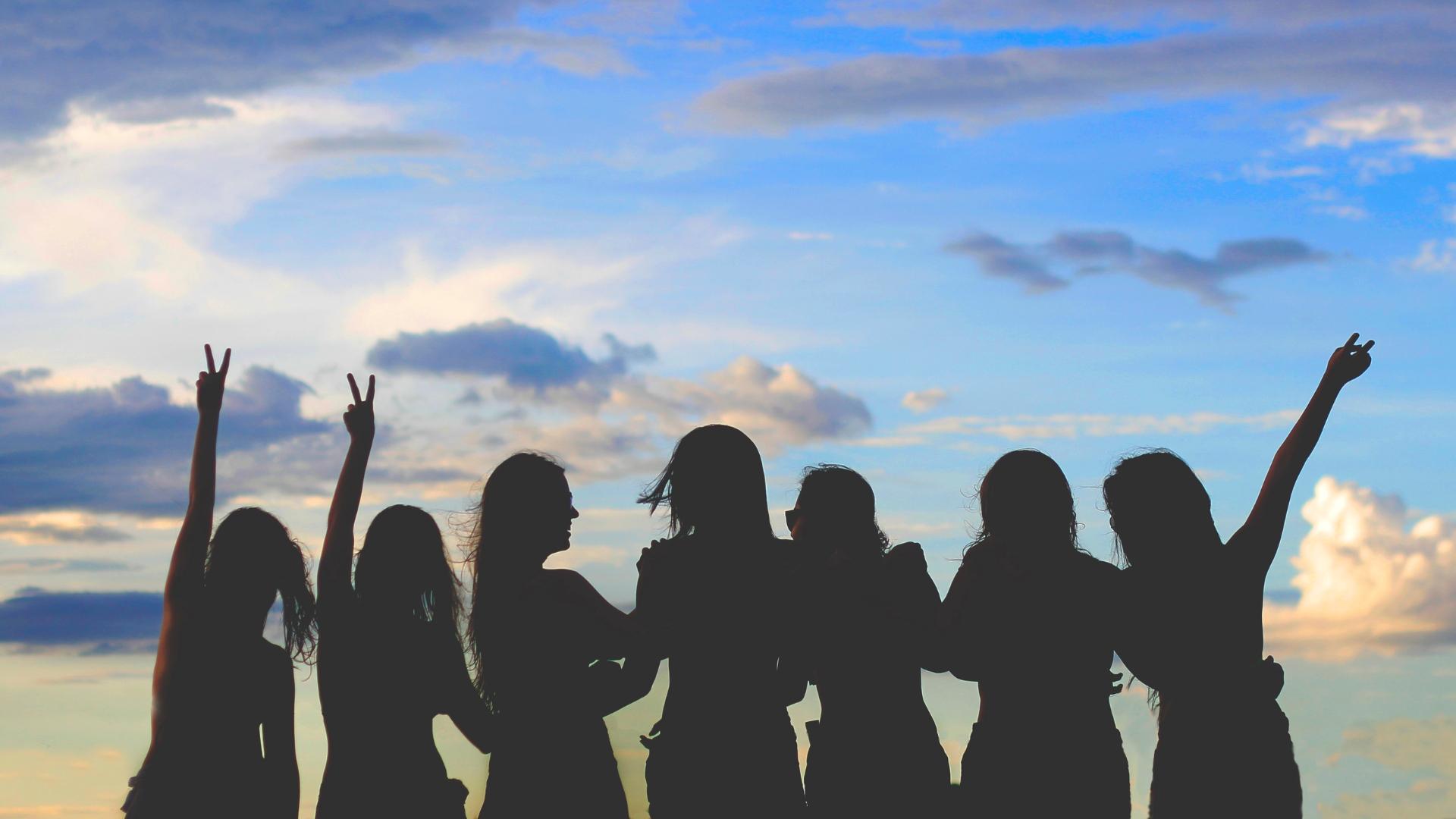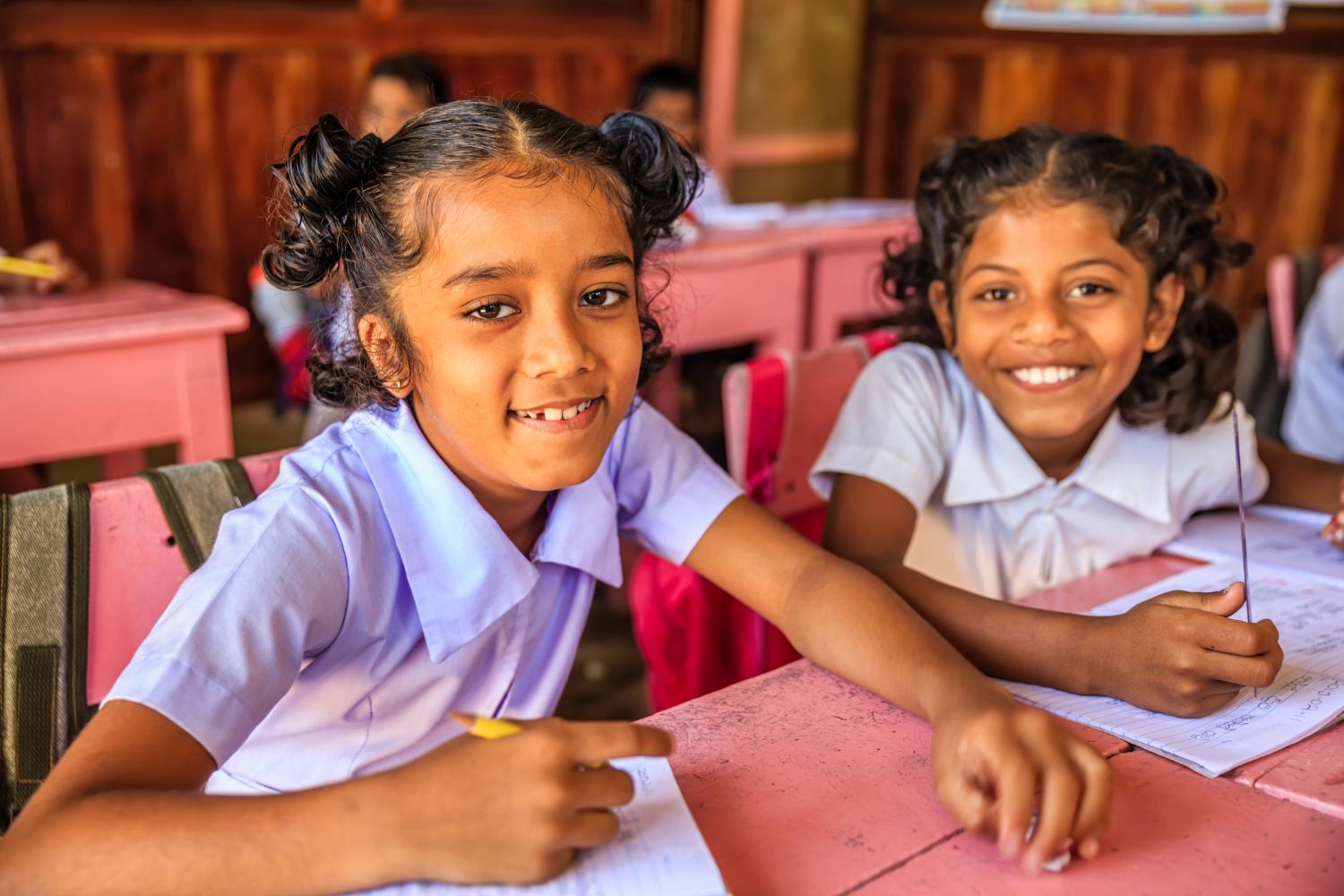Gender equality advances the sustainable development agenda
Empowering women and girls is one of the most effective sustainable development levers, yet initiatives to expand women’s rights and inclusion remain woefully underfunded.
Global Gender Gap persists
No country has achieved full gender equality, and women’s rights, freedoms, and opportunities vary widely across the world. Nordic countries generally have the highest gender parity scores, while the lowest scores are mostly found in sub-Saharan Africa and some Middle-Eastern countries. Different organizations use different indexes to determine the extent of gender inequality. One prominent one is the UN’s Gender Inequality Index, or GII, which uses three dimensions: reproductive health, empowerment and labor market participation.
Fertility and population growth factor heavily in Gender Inequality Index
According to the UN, almost half of partnered women in low- and middle-income countries still have no decision-making power over their own bodies, meaning they do not get to make their own choices about who they marry or when, whether they use contraceptives, or whether to have sex in the first place. Globally, 259 million women who wish to avoid pregnancy are not using modern contraception—they have what is called an unmet need for family planning. As a result, half of all pregnancies worldwide are unintended. Additionally, gender-based violence still affects one-in-three women globally.
The areas with the fastest population growth also have some of the worst gender equality scores. On the other hand, when women are free to choose what happens to their bodies and lives, and when they have opportunities to receive an education and participate in the formal economy, average family size plummets, as evidenced by the many countries—two-thirds of all countries in the world—with below-replacement fertility rates (an average of 2.1 or fewer lifetime births per woman).






